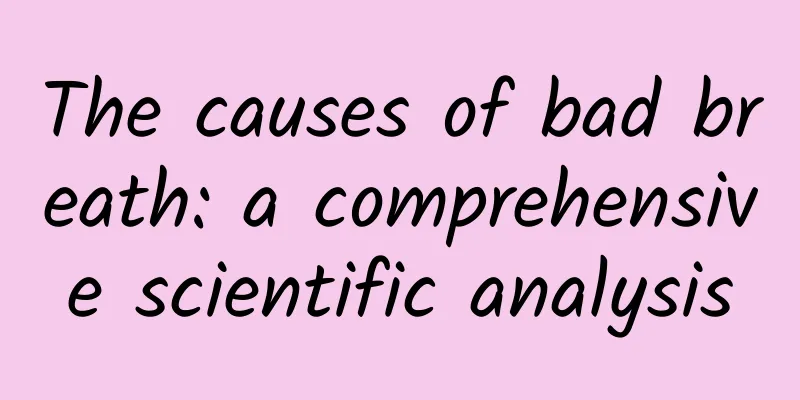Human organs distribution map female kidney

|
The body is like a machine, uniquely designed and made up of various systems that are operated by the body's internal organs. The body can be divided into head, torso, arms and legs. The head and torso play a key role in maintaining important internal organs. Many tissues, cells and connective tissues can be found in the head and body that help regulate a variety of biological systems. Where is the female kidney located in the human body organ layout diagram? 1. Anatomical pictures of the structure of internal organs Internal Organ Anatomy Diagram shows a range of organs that are important to human anatomy. They include the five internal organs (spleen, lungs, kidneys, liver, and heart), the six external organs (stomach, intestines, colon, triple burner, bladder, and gallbladder), as well as the human brain, muscles, and other parts of the human body. 2. Location of the five internal organs 1. Spleen The liver is located to the left of the stomach. One of the liver's key functions is to filter the blood. Platelets are stored in the liver along with the white blood cell count. The liver also continues to recycle old blood cells. The liver also helps fight off some germs that can cause pneumonia and meningitis. 2. Lungs The lungs facilitate inhalation and are the most important organ of the respiratory tract. They work closely with the heart to provide pure oxygen to the blood, which circulates through the heart to every organ in the body. The lungs also remove carbon dioxide and other debris from the blood vessels. The heart sits almost to the side of the lungs, so they also act as a shock absorber for the heart. The lungs also maintain the pH of the blood. 3. Kidney They are two bean-shaped organs that filter blood in the body. They are also responsible for removing waste products and regulating the balance of electrolyte solutions. The kidneys metabolize urine into the urethra, where it is then excreted from the body. Another key role of kidney function is to control the body's water balance and assist in the catabolism of water, glucose, and carbohydrates. 4. Liver The liver is located on the right side of the abdomen. Some of the important functions of the liver include filtering harmful substances from the blood, maintaining cholesterol and glucose levels in the blood, metabolizing some carbohydrates, storing vitamins and minerals, metabolizing fat-dissolving compounds and converting glucose to glycogen. 5. Heart The heart is responsible for pumping blood through our body. It is made of the heart, which is why it beats even when we sleep at night. It weighs 250 to 350 grams and is basically the size of a fist. The main function of the heart is to supply oxygenated blood to all organs of the body through blood vessels. It is located on the left side of the rib cage and is protected by the ribs. The pericardium is a double sac surrounding the heart that not only protects the heart but also stabilizes the surrounding structures and prevents the heart from being overfilled with blood. 2. Location of the Six Fu-organs 1. Stomach The stomach is an important part of the digestive tract. It is an organ in the abdomen between the esophagus and intestines. Depending on the part of the body and the amount of food inside, the stomach can change its size and shape. It is a large, multi-chambered organ that houses unique bacteria and produces enzymes necessary for digestion. It secretes gastric juice, hydrochloric acid and maintains pH value, which facilitates the smooth digestion of food. 2. Intestines The intestine is the back of the colon and is about 1.5 meters long. It is divided into four parts: the cecum, sigmoid colon, duodenum, and anus. The main function of the intestines is to absorb water and electrolytes from digested waste and store waste until it is metabolized. 3. Colon The colon connects the stomach and intestines. The length of an adult's colon is about 6.7 meters. It is mainly responsible for digestion and absorption. The colon absorbs nutrients and minerals from food and then moves the absorbed food to the intestines. 4. Triple Burner The triple energizer is located in the cavity between the body and the internal organs, including the chest and abdomen. The other internal organs of the body are all in it. It is a general term for the upper, middle and lower energizers. Contains all human organs. 5. Bladder The bladder is a soft, muscular sac that stores urine until it is excreted. It is located on the front of the pelvis. The bladder can hold about 300 to 350 ml of urine. After a period of time, it is excreted into the urethra for metabolism. 6. Gallbladder It is a muscular sac-like structure attached to the liver. The gallbladder is about 8 cm long and 4 cm in diameter. The key function of the gallbladder is to store bile, which is metabolized by the liver until it is needed for digestion and absorption. It also helps the body digest and absorb fat. |
<<: Human body structure diagram female internal organs
>>: Moxibustion breast location map
Recommend
The story of the six bakery brothers!
With the gradual integration of Western diet, bre...
What items should be checked during gynecological examination?
Gynecological diseases, to put it simply, are dis...
Postpartum pain caused by wind, these things need to be paid attention to
The confinement period is the best time for women...
What is the height standard for an 11-year-old girl?
Height and weight are very important for people. ...
Uterine fibroids diet therapy
The problem of uterine fibroids is very troubling...
Does eating baked sweet potatoes often cause cancer? Not true. The sweet potatoes that really shouldn't be eaten are →
gossip It's the season for eating sweet potat...
Special planning of the "Health from Food" series丨Beware of "diseases from the mouth", be careful when eating these foods
Did you know that common foods in our daily lives...
I dream every day after I got pregnant
Dreaming every day, if accompanied by listlessnes...
What is the silicone used for breast augmentation like? Does it have any impact on human health?
Silicone breast augmentation is a popular breast ...
What does a retroverted uterus mean?
Retroverted uterus is not uncommon among women. G...
How to treat gynecological diseases by hand?
Gynecological diseases are the most common diseas...
Why do women have left shoulder pain?
In our daily life, many people often suffer from ...
What You Know and Don't Know About Parkinson's Disease
Author: Cui Yihui, registered dietitian, master o...
Why are crabs tied up with ropes? What is the purpose of tying crabs with ropes?
Crab is a popular delicacy. There are many types ...
What does low echo group mean?
The uterus is an extremely important organ for wo...









